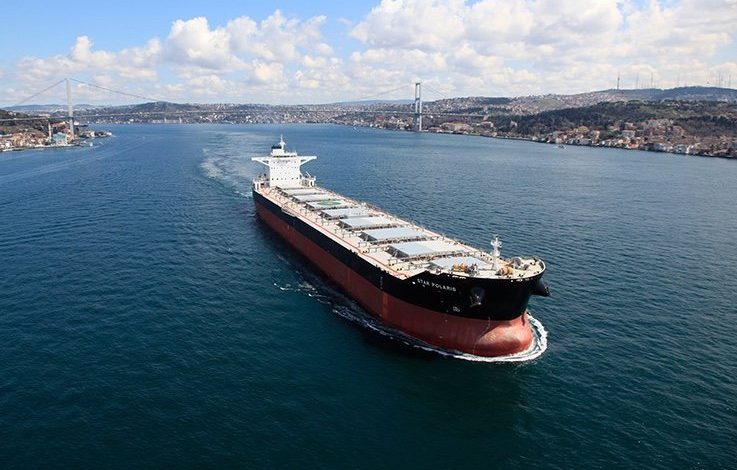Chinese equity collapse has not hit iron ore prices

Jeffrey Landsberg from Commodore Research is bullish for capesizes in the second half.
While this week’s latest round of severe weakness in the Chinese equity market is troubling (for both China and the rest of the world), what is of note to us is that global iron ore prices are not being affected as they were during the prior collapse in the Chinese equity market. Iron ore prices have actually risen by $3 from the end of last week, despite the Shanghai Composite Index decreasing during the first two days of this week by 10%. While this could change if there is more sustained weakness in the equity market, it is encouraging and a bit surprising that global iron ore prices this time around have been unscathed. Also of significance to us is that Chinese steel prices have been able to remain flat this week despite the recent collapse in China’s equity market.
To us, the capesize market is showing tightening (even in the Pacific) that is being obscured to a degree by this latest wave of severe weakness in China’s equity market as well as the ongoing slowdown in China. It is only July and such capesize strength was not expected by many in the market. Going forward, iron ore production from the major miners in Brazil and Australia is likely to increase by a considerable amount compared to H1 2015’s production, presenting a scenario where much more iron ore cargoes will be shipped during the second half of this year than seen during the first half of the year. Not only are Vale, Rio Tinto, BHP, and FMG collectively likely to see higher iron ore exports through the end of this year, but Anglo American’s Minas Rio mine in Brazil (which is new and still working up to becoming fully operational) is expected to see H2 shipments exceed H1 shipments by at least 7m tons. Australia’s new Roy Hill mine is expected to start shipping iron ore by the second week of October as well.
Overall, we believe that iron ore exports from Brazil and Australia’s Big Three will increase during the second half of this year by at least 78m tons from H1 2015’s total (2014 saw a H2 versus H1 jump of 71.2m tons). This does not include the Roy Hill cargoes.
The Chinese equity market is nothing short of scary, and hopefully will stabilise, but we do believe the situation in China is partially obscuring a real change that has taken place in the capesize market (which has been driven by the capesize fleet shrinking while iron ore production from the major miners is increasing). Many had expected Q4 strength in the capesize market, but the strength has begun in July. This is real change, and one that is become somewhat obscured due to panic over Chinese equity prices. Going forward, we remain bullish for capsize rates for Q3 2015 and Q4 2015. Iron ore exports from major miners will rise during the upcoming months. If China is still buying the iron ore (which is very likely), capesize availability is likely to see upcoming periods in H2 where vessel availability is much tighter and this is what drives freight rates. Still missed by many is that China purchased basically every single iron ore cargo that global miners wanted to sell to China last year. China was able to purcahse the cargoes at cheap prices, and happily took advantage of robust global iron ore supply.
